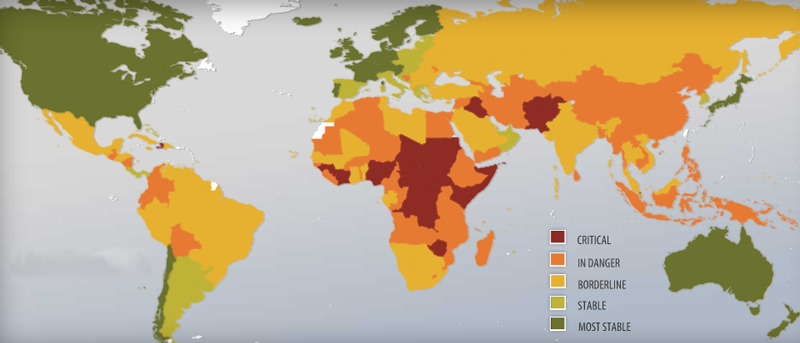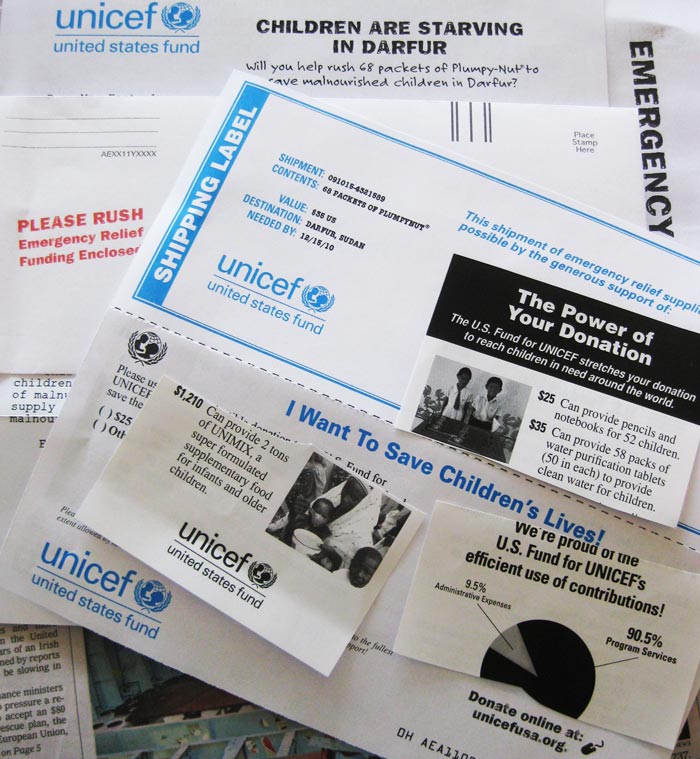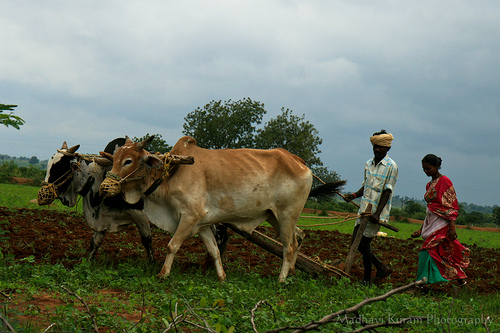Planners vs. Searchers in 1958
Bauer’s discussants included Hayek’s mentor Ludwig von Mises and the (according to Bill) perennially under-appreciated Herbert Frankel. Given the number of my favorites there or represented, reading these comments is a bit like watching the 1927 Yankees in action (or for our nerdier readers, the Justice League of America).
Nick singles out a great quote from Mises’s comments, and here is another that captures well the bias that still exists against skeptics and critics in debates over foreign aid:
People will call us negative because we do not consider the plight of the so-called underdeveloped countries as a problem to be solved by the governments. The governments want to solve it by spending the taxpayers’ money for the execution of some spurious plans, of plans that are badly designed and, as a rule, even more poorly put into effect. The popularity of this mode of speech is reflected in the way in which the words plan and planning are employed today. Planning, as our contemporaries use the term, means always planning by the government. The plans of the individuals do not count; they are just no planning. (p. 19)
Herbert Frankel also offers a gem of an insight well ahead of the development literature of his time. He says of Bauer’s on-the-ground work:
The lesson that flows from it is that it does pay to go to these remote areas and find out what the problem is, instead of assuming that one knows the problem before one begins. Until recent years, people have simply assumed in many of these territories in Africa, that there were no real, positive signs of enterprise among the indigenous population, which was supposed to be so uninstructed or inert that it was not able to fend for itself, experiment for itself, or improve itself. It was not realised that a reason why there was this apparent lack of initiative in the population was that there were serious customary or legal obstacles to the exercise of ordinary enterprise, even on a small scale. (p. 16)
Here we have not only the recognition that local conditions matter, but that institutions--the rules of the economic game--matter crucially for explaining cross-country income differences.
The whole document is worth reading. It provides a fascinating retrospective on how the development economics of its day looked from a classical liberal perspective. Certainly the development planners of their day failed; otherwise more recent efforts would never have come to be. Did the MPS members put their finger on why those plans failed? If they did, how many of the same errors guide development research and policy today?
 From Aid to Equality
From Aid to Equality
















